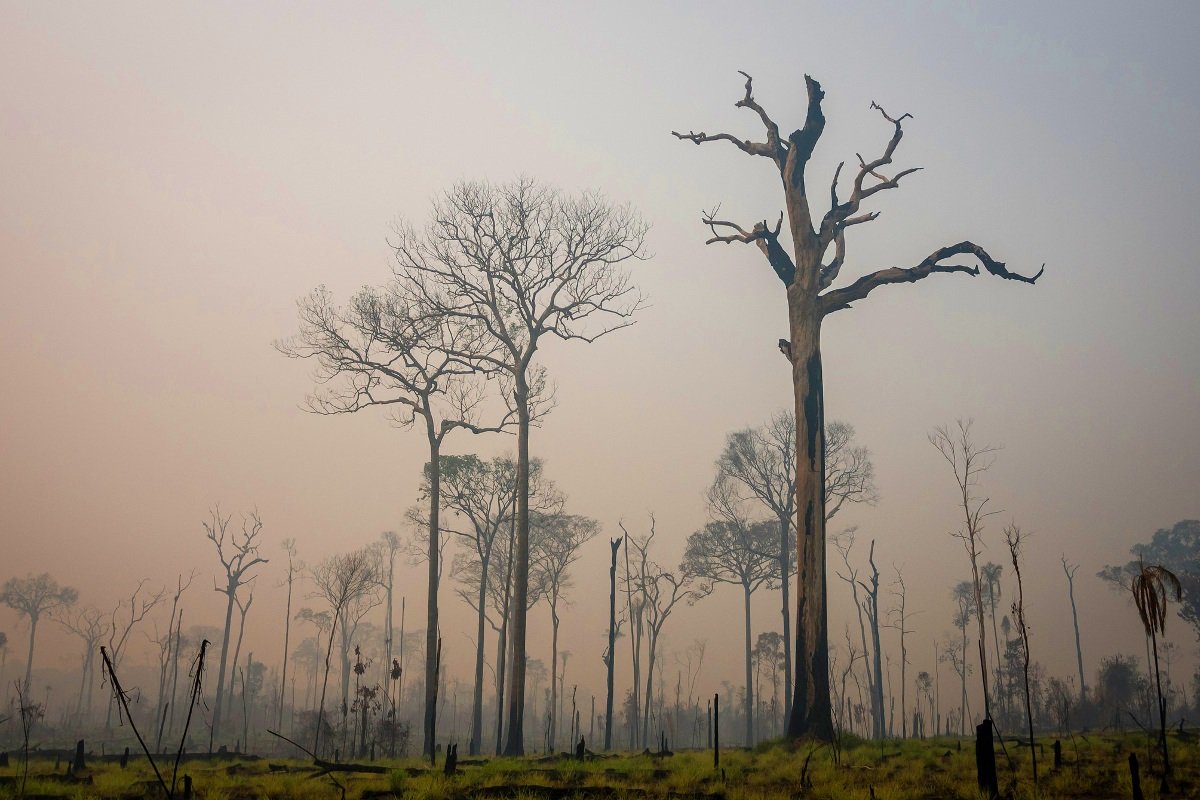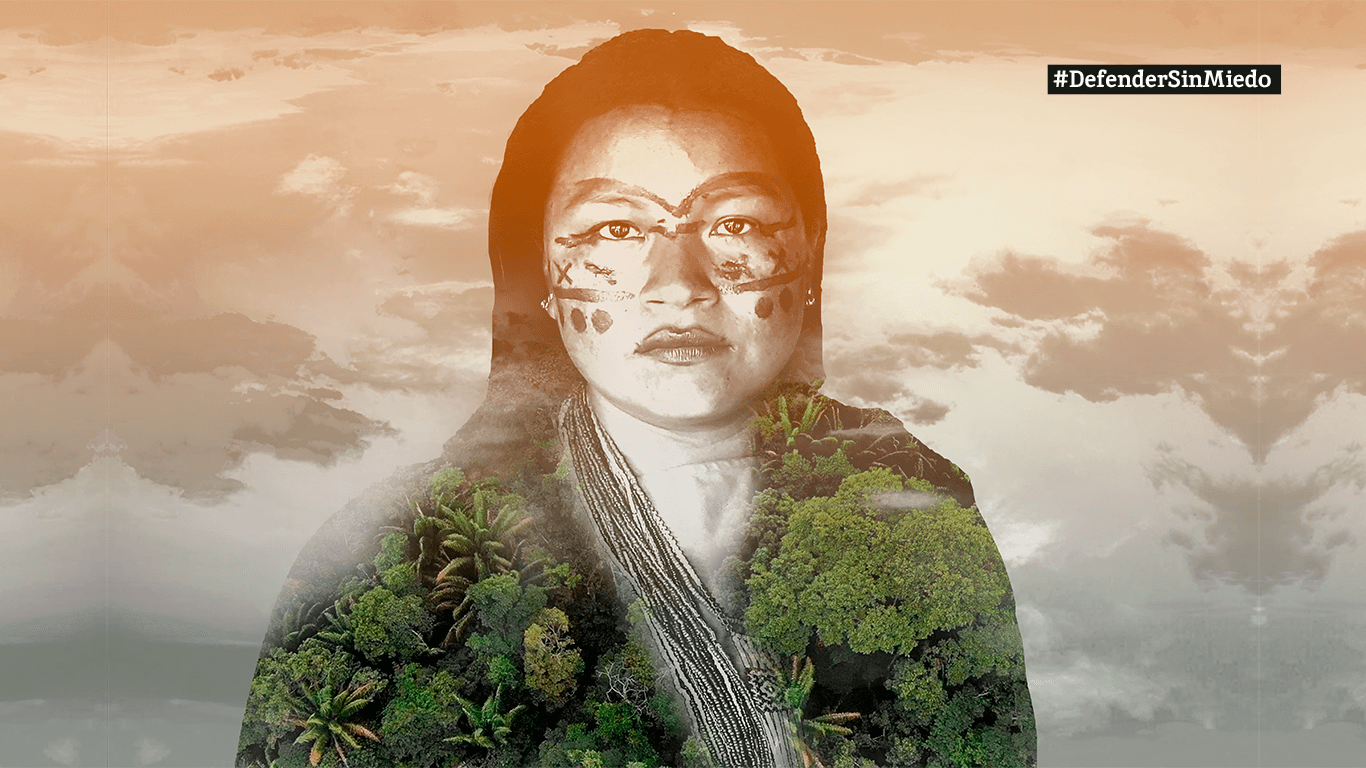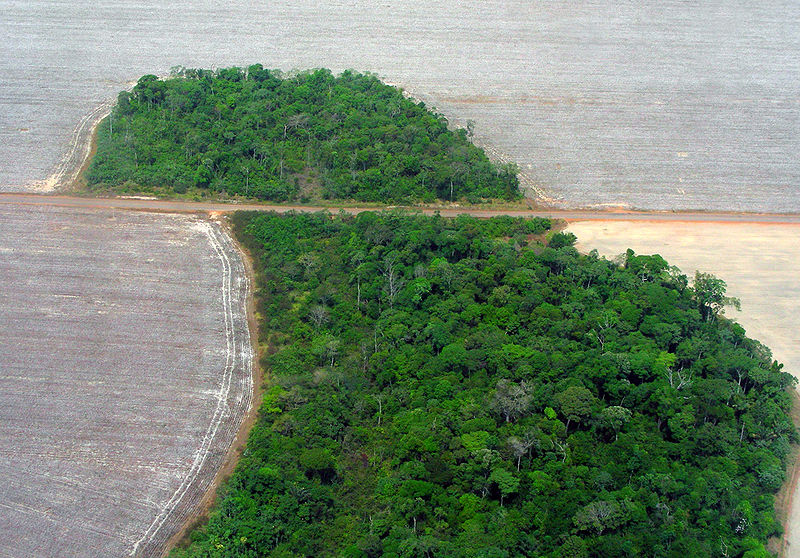The way Peru is pushing the production of oil palm in the Amazon is weakening these pledges.
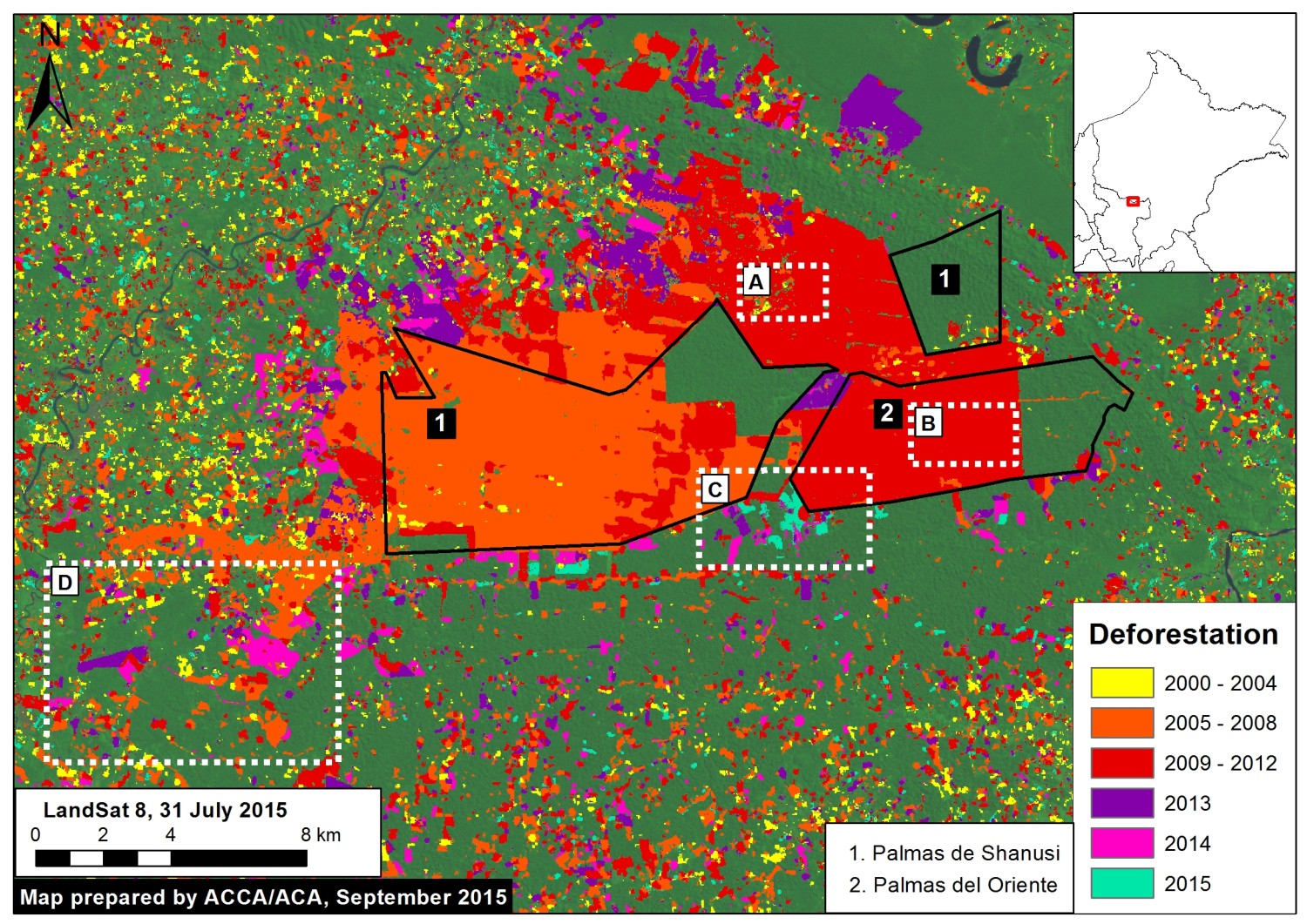
The Department of Communications of Palmas del Shanusi claims that the company did not log the primary forest because when they started their activities it didn’t exist: the area had already been altered. Eriberto Ruíz, president of the peasant communities of Cotyacu, one of the populated centers of Loreto affected by the Grupo Romero company, disagrees: “They came in telling the world that this is not a forest, that it had been already been exploited, that’s a lie!”
According to forestry engineer Dhaynée Orbegozo from the Environmental Investigation Agency (EIA), Palmas del Shanusi’s logging of primary forest has affected the fertility of the soil in Cotoyacu, as this kind of forest provides shade and water storage and ensures the balance of the natural ecosystem.
“Living here is burning us, now you can’t spend much time on the ranch. If there is so much water, why should we die of thirst?” says Ruíz.
In June 2015, the Comptroller General of the Republic issued a report warning that deforestation has increased significantly in Loreto due to oil-palm crop expansion (115% between 2006 and 2013).
“The promotion of oil palm crops in Loreto has arrived without the processes of ecologic-economic zoning and land management having been completed and without the areas in which growing such crops is allowed having been identified and defined,” the document points out.
For the 200 inhabitants of Cotoyacu, a village located in the Shanusi Valley, 40 km from Yurimaguas, this type of crop mean limitations on their access to water for hygienic purposes and for their own crops.
The water goes to fields of over 7,000 hectares ─ 20 times the area of New York’s Central Park ─ granted to Palmas de Shanusi since 2006 by the Regional Government of Loreto.
“A 2,000 meter long channel that has drained the gorges of the Yanayacu and Cotoyacu [rivers] affects the communities,” complains Ruíz. However, the Department of Communications of Palmas del Shanusi claims that the company does not need water because the plantations are irrigated with rainwater.
Regarding the issue of water availability being affected by palm plantations, Grupo Palmas, part of Grupo Romero, points to its web site: “Water availability depends on deforestation or the degree to which the soil is exposed to sun rays without the protection of plant cover to provide shade and help retain water. It also depends on the modification of the topography. Water retention mainly depends on these two conditions and not on the type of crop.”
Gustavo Suárez De Freitas, Coordinator of the Ministry of Environment’s Program for Forest Protection, points out that changes in the natural riverbeds are due to the fact that growing oil palm or any other monoculture at large scale entails moving land, which affects the water course.
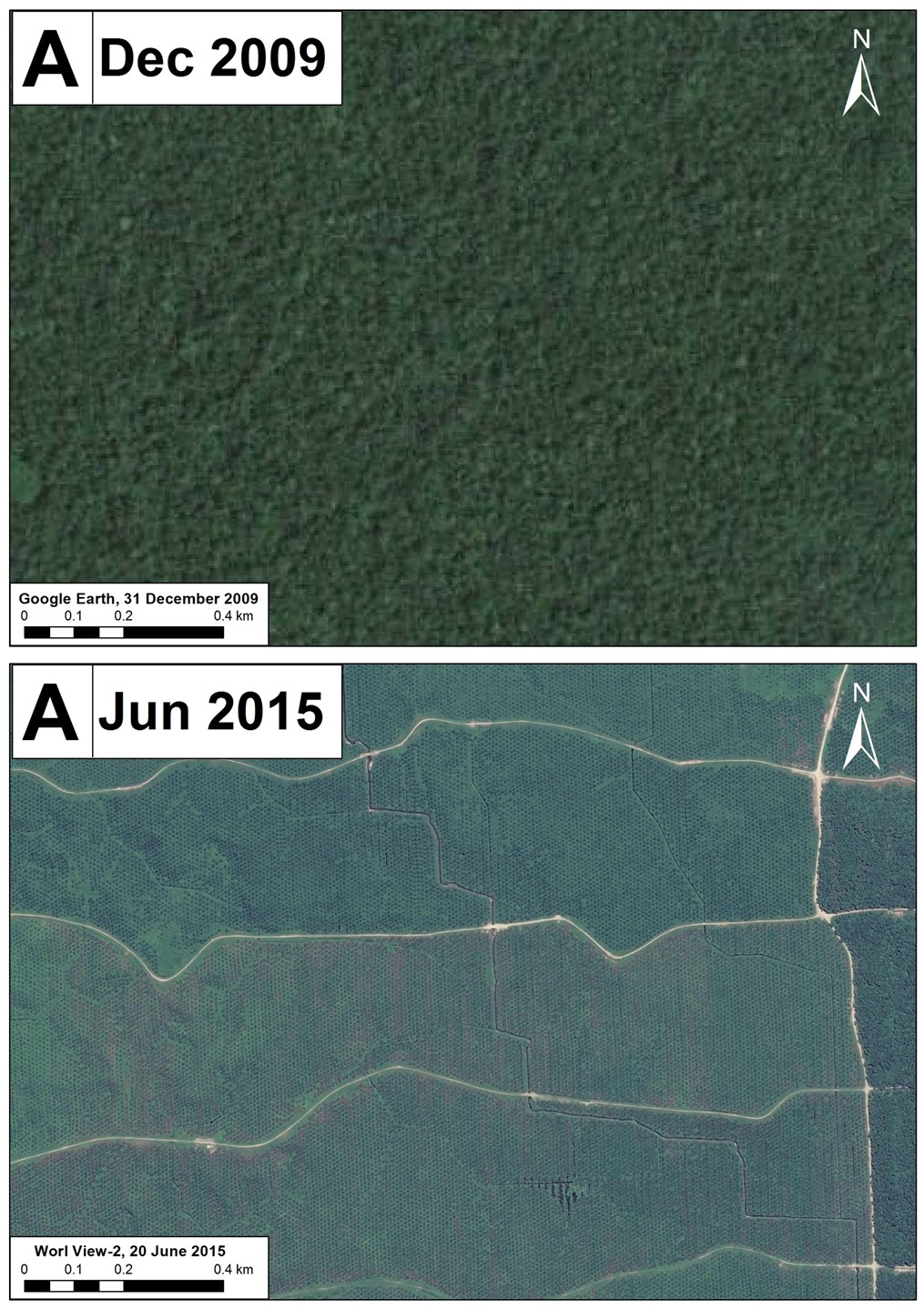
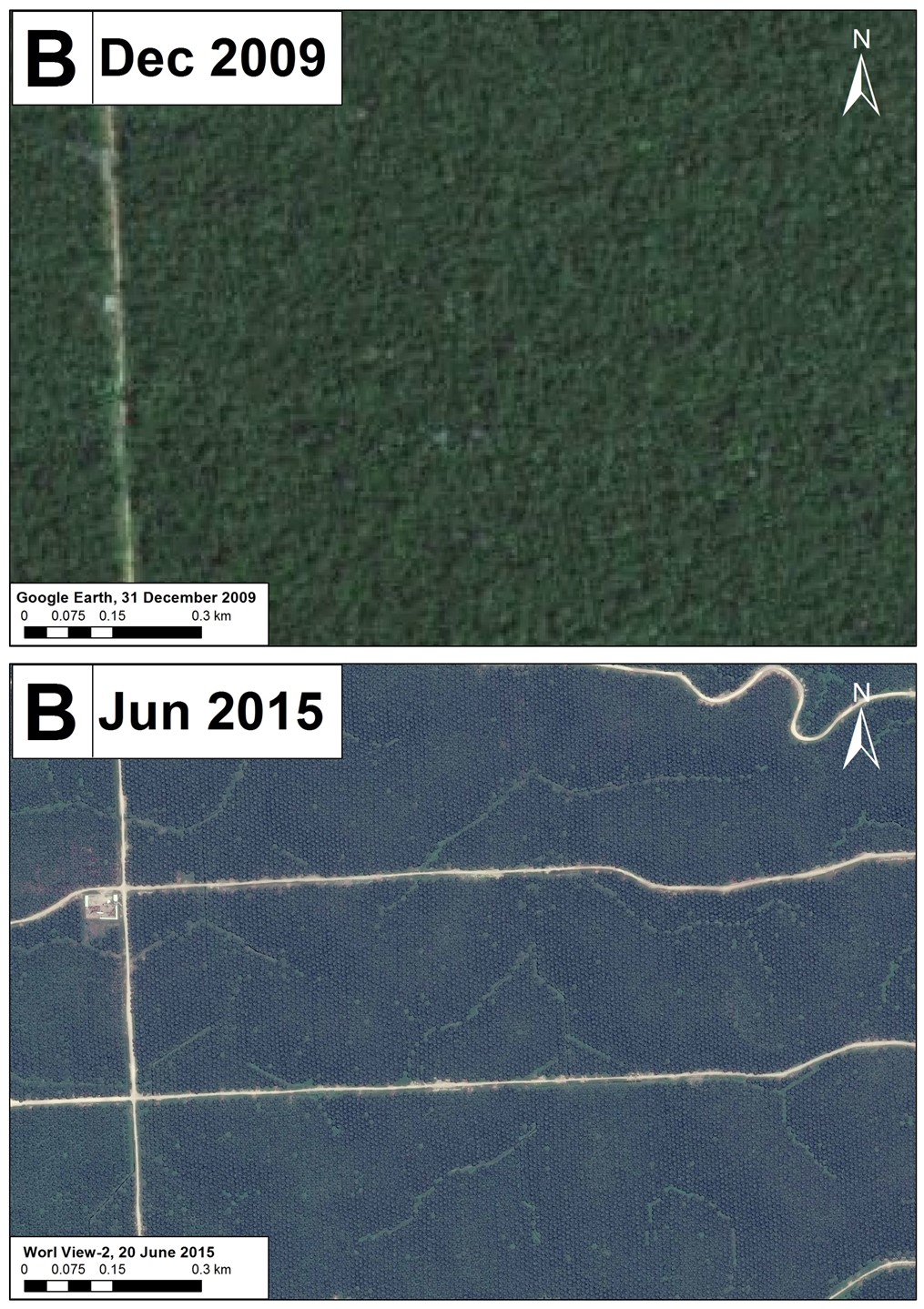
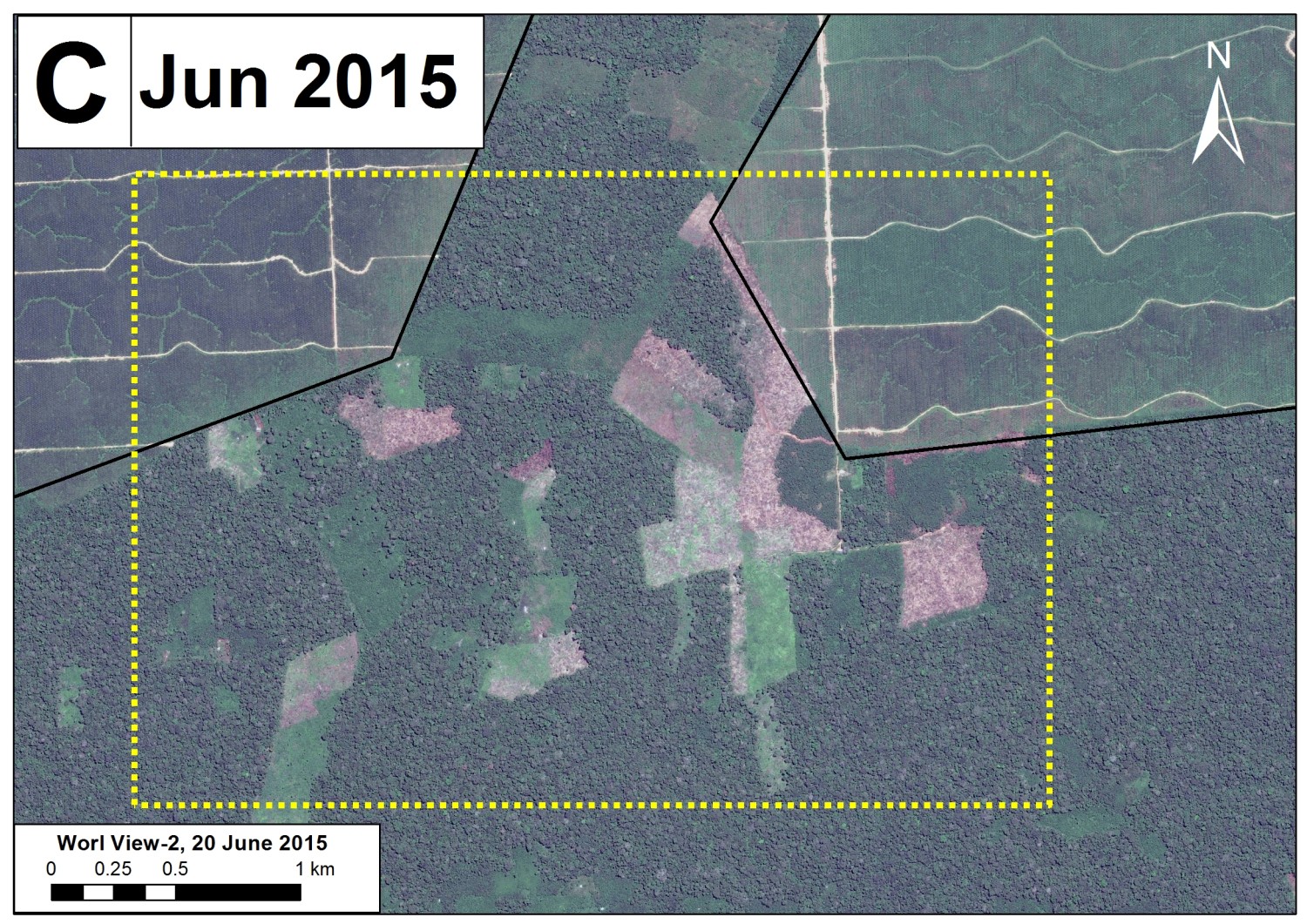
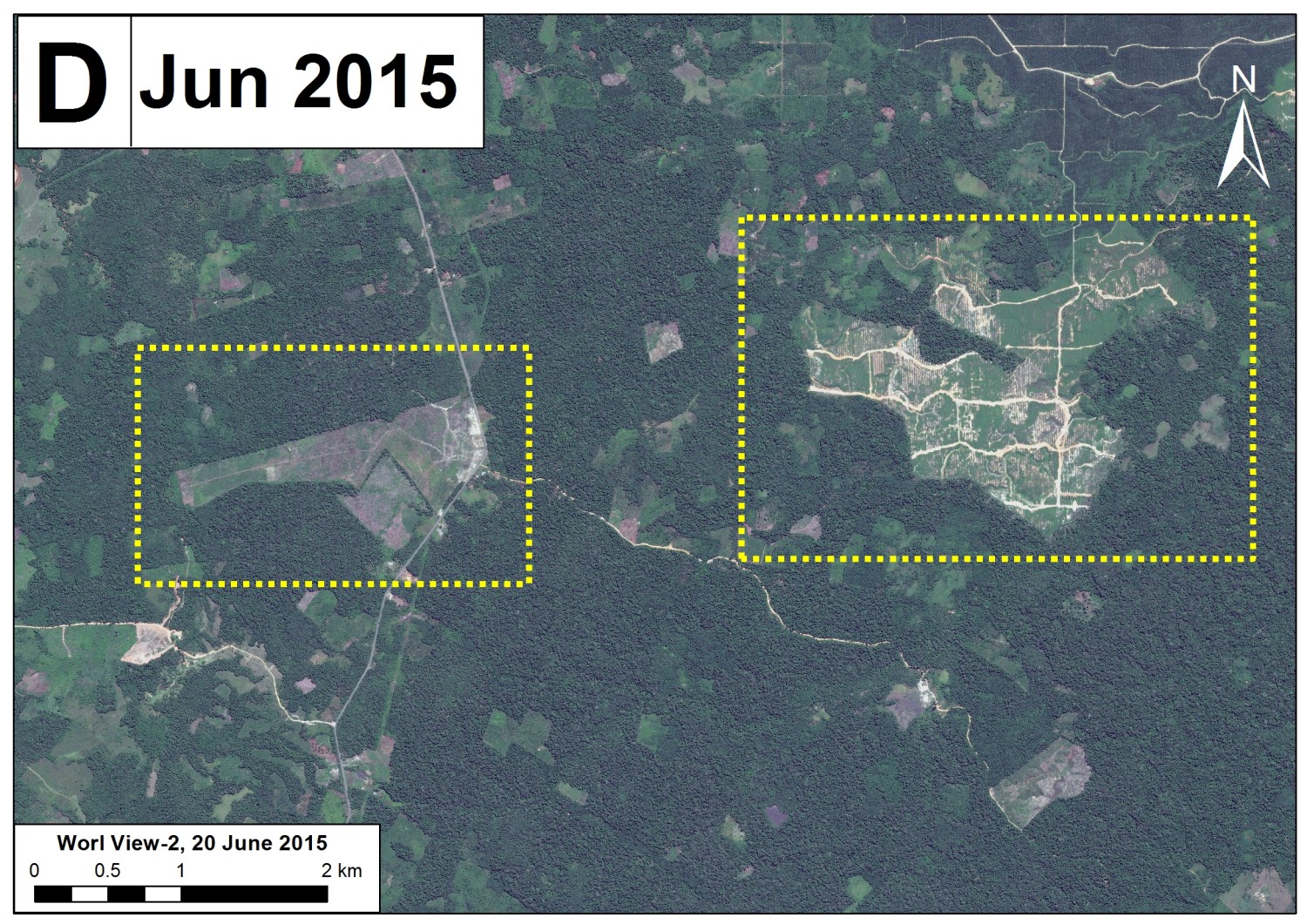
The case of Barranquita
A similar story unfolded with Palma del Oriente (Agrícola del Caynarachi S.A.) in the district of Barranquita, located in the border region of Loreto and San Martín. The Ministry of Agriculture granted an area of 3,000 hectares to the company in 2005. According to MAAP, primary forest has been logged there too.
The activity of this company led to a legal confrontation in 2010 when the former mayor of Barranquita, César Soria, requested the invalidation of the land concession to Palmas de Oriente because of its impacts on the wetlands fed by the Caynarachi River.
The claim was based on Regional Bylaw N. 12 of 2006, which established that the area was not suitable for large-scale agriculture. However, the Constitutional Court dismissed it because the environmental impact study had already been approved by the Ministry of Agriculture.
Katherine Riquero, from the Directorate of Environmental and Agricultural Issues of the Ministry of Agriculture, said of Palmas del Shanusi and Palmas de Oriente that “in relation to Grupo Romero we have not initiated any sanctioning process nor have we received any complaints.” However, in 2013, the Yurimaguas Office of the Prosecutor sued Palmas del Shanusi for a crime against natural resources for having logged 500 hectares of primary rainforest.
The Comptroller says that “technical and regulatory loopholes in the promotion of oil plam crops have caused an increase in the production of this crop in Loreto, becoming one of the main causes for deforestation in the region.”
According to the report “Deforestation by definition” by the EIA, Grupo Romero has plans to develop four more plantations in Loreto: Tierra Blanca, Santa Catalina, Manití, and Santa Cecilia, which if approved would deforest 23,000 more hectares of primary forest.
The Peruvian State’s push for oil-palm production contradicts its goal of zero deforestation by 2021.
“Peru set a goal in 2009 and we are working towards it: to have zero deforestation by 2021, it is a net deforestation objective, meaning that everything that is deforested would have to be replaced,” said Manuel Pulgar Vidal, Minister of the Environment, in November last year.
Likewise, these plantations run contrary to the commitment to protect the Amazon made to Norway in 2014 during the Climate Summit (New York) in exchange for US$300 million. As of now, Peru has received the first US$5 million.
Each tropical forest hectare stores 380 tons of carbon according to the UN’s Intergovernmental Panel on Climate Change. If the two Grupo Romero companies have deforested 16,800 hectares, the carbon released to the atmosphere would amount to 6,380,000 tons. Where do the commitments Peru made to the international community stand?
Suárez de Freitas indicates that one of the agreements with Norway calls for Peru to implement policies to reduce by half the area that has no legal designation or ecologic zoning, which now accounts for 45% of the country’s land.
By doing this, situations like those in Cotoyacu or Barranquita, where land was given to a private company in spite of the existence of primary forests, would be prevented.
The measure will be implemented starting next year with the first US$5 million that Peru has received. The rest will be invested in other measures to protect the Amazon, such as zero net deforestation to achieve carbon neutrality by 2021 — that is, storing more carbon than is lost through deforestation by protecting the forest.
“Now we are losing more than we are gaining,” says Suárez de Freitas. Cotoyacu and Barranquita are examples of it.
This reporting was carried out with the support of Comunicaciones Aliadas and Infostelle Peru e.V. It originally appeared in Spanish at Fronteras Ambientales. The English version was edited by Becky Kessler and is published here with the permission of the author.
– This report was originally published in Mongabay and is republished by an agreement to share content.



